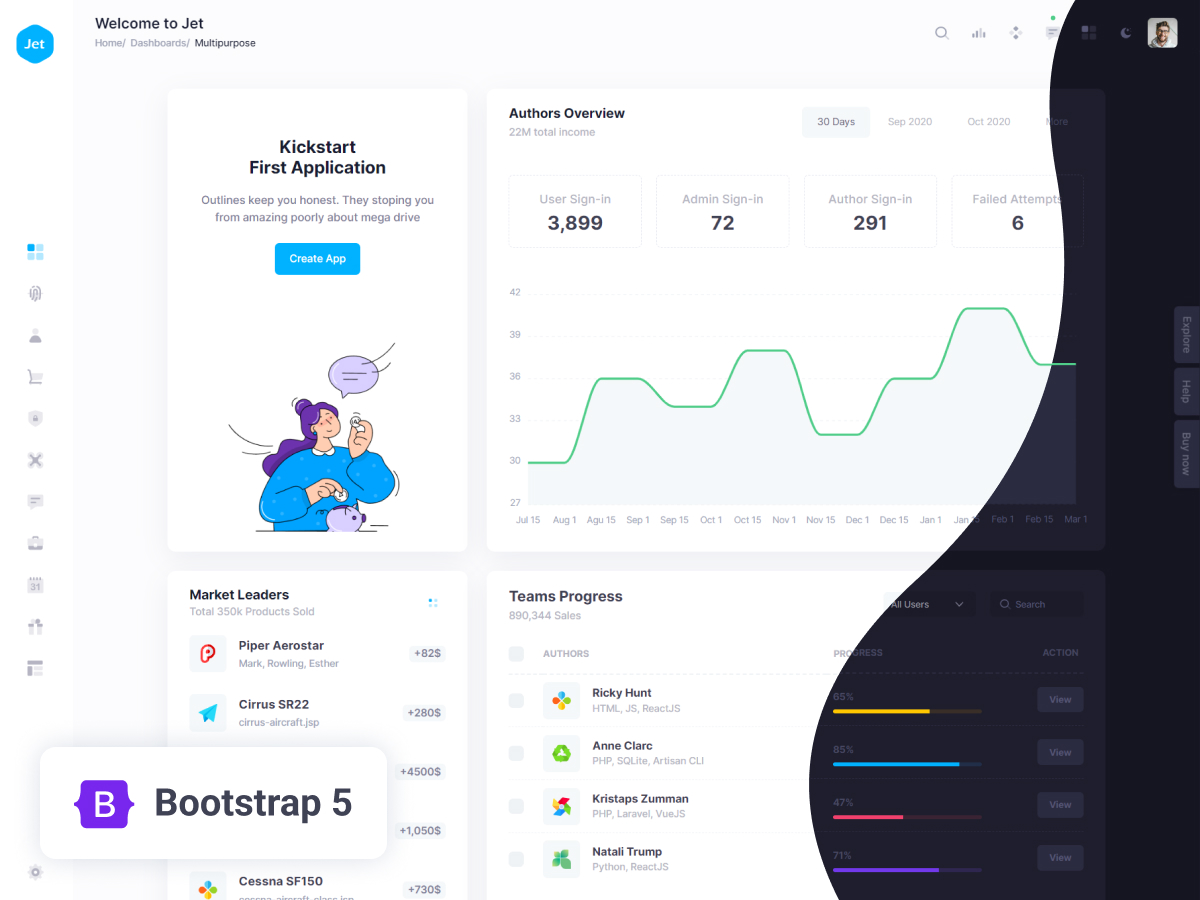蓝冠在线,注册|The Power of Segmentation in Your Email Marketing Strategy
The Power of Segmentation in Your Email Marketing Strategy

Email marketing is a cost-effective and powerful way to reach your target audience, build relationships with customers, and drive sales. However, to maximize the effectiveness of your email marketing campaigns, it's essential to segment your email list.
What is Email Segmentation?
Email segmentation is the process of dividing your email list into smaller, more targeted groups based on shared characteristics, such as demographics, behavior, and interests. By segmenting your email list, you can send more relevant and personalized emails to each group, which can lead to:
Higher open rates: When you send emails that are relevant to the interests of your subscribers, they're more likely to open them.
Increased click-through rates: When your subscribers find your emails interesting and informative, they're more likely to click on the links you include.
Improved conversion rates: When your subscribers receive emails that are tailored to their needs, they're more likely to make a purchase or take other desired actions.
How to Segment Your Email List
There are many different ways to segment your email list. Some popular methods include:
Demographics: Segment your list by factors such as age, gender, location, and income.
Behavior: Segment your list based on how subscribers interact with your emails. For example, you could create a segment of subscribers who have opened multiple emails in a row.
Interests: Segment your list based on subscribers' interests. You could use surveys, polls, or website tracking data to learn more about your subscribers' interests.
Best Practices for Email Segmentation
Start small: Don't try to segment your entire email list at once. Start by segmenting your list by one or two factors. As you gain experience, you can add more segments.
Use a segmentation tool: There are many email marketing platforms that have built-in segmentation tools. These tools make it easy to create and manage segments.
Test your segments: Once you've created a segment, send a test email to a small group of subscribers. This will help you see how your subscribers respond to the email before you send it to your entire list.
Be flexible: Your segments should be dynamic and change over time. As your subscribers' interests and behaviors change, you'll need to update your segments accordingly.
Advanced Email Segmentation Techniques
Once you've mastered the basics of email segmentation, you can start using more advanced techniques. These techniques can help you create even more targeted and effective email campaigns.
Create dynamic segments: Dynamic segments are segments that are automatically updated based on subscriber behavior. For example, you could create a segment of subscribers who have purchased a certain product in the last month.
Use predictive analytics: Predictive analytics can help you identify subscribers who are likely to take a certain action, such as making a purchase or clicking on a link. You can then target these subscribers with special offers or promotions.
Integrate with other marketing channels: You can integrate your email segmentation data with other marketing channels, such as social media and paid advertising. This will help you create a more consistent and personalized marketing experience for your customers.
Conclusion
Email segmentation is a powerful tool that can help you improve the effectiveness of your email marketing campaigns. By segmenting your email list, you can send more relevant and personalized emails to each group of subscribers. This can lead to higher open rates, increased click-through rates, and improved conversion rates.
If you're not already segmenting your email list, I encourage you to start today. Even a simple segmentation strategy can make a big difference in the results of your email marketing campaigns.
